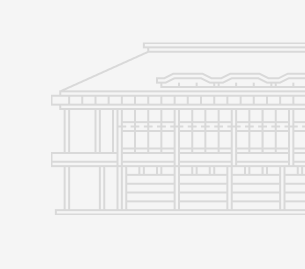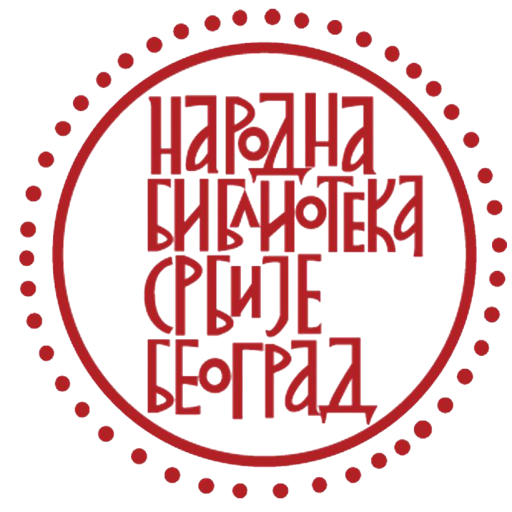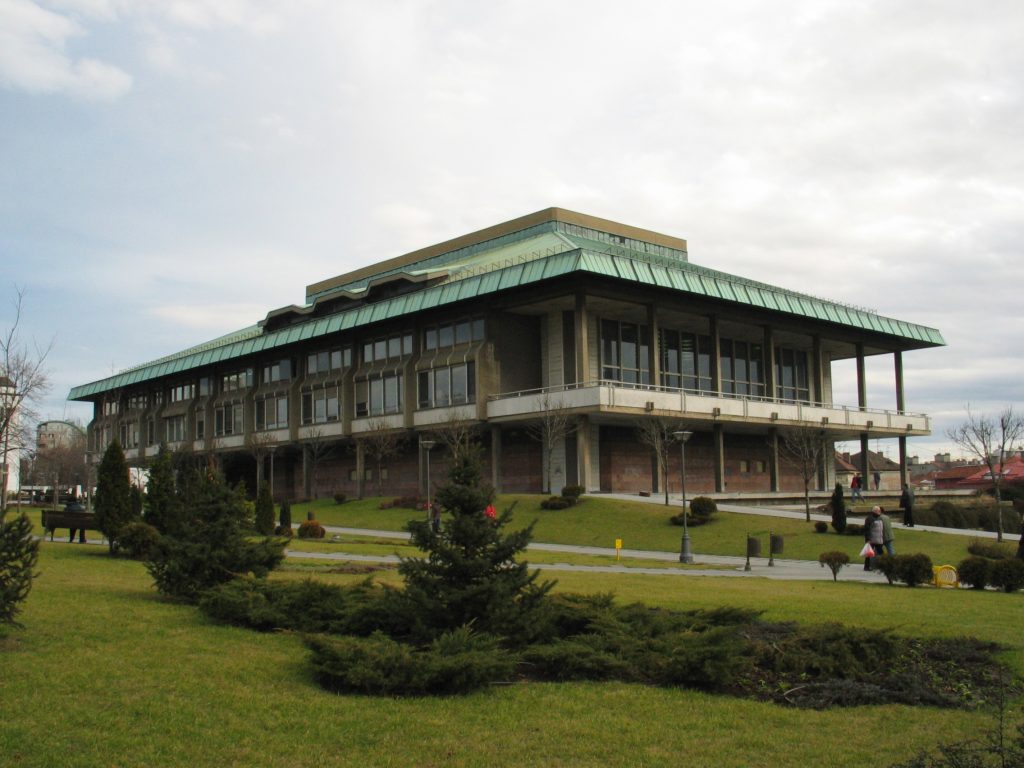- About us
-
- Catalogs and collections
-
-
- Collections
- The Collection of Handwritten Books
- Collection of Early Printed Books
- Reference Collection
- The Early Book, Rare Book and Miniature book Collections
- The collection of more recent literary manuscripts and archival materials
- Legal Information Centre
- Centre for Library and Information Sciences
- Music collection
- Visual Art collections
- Collection of CD Editions
- Cartographic Collection
- The Collection of Photographic Documents
- Other Special Collections
- Legacy Collections
- Collections
-
- Publications
- Services
- Ask librarian
- Contact
Народна библиотека Србије| Скерлићева 1, 11000 Београд | (+381 11) 2451-242 | nbs@nb.rs
Сајт израдио: Holistic Digital Solutions
National library of Serbia| Skerliceva 1, 11000 Belgrade | (+381 11) 2451-242 | nbs@nb.rs
Site created by: Holistic Digital Solutions


